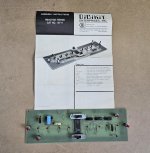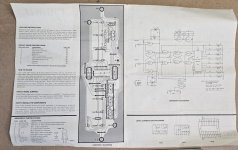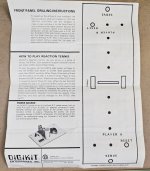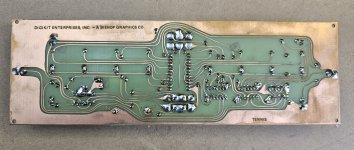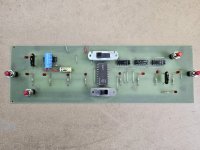falter
Veteran Member
Couldn't resist this one for $20. I'm often perusing vintage electronics magazines and repeatedly see adds for these mail order electronics game projects. They don't seem to appear on ebay much at all - in fact looking on worthpoint this is the only digikit former kit that has ever showed up there.
I actually plugged it in and it seems to mostly work! Just won't serve from the other player's side. I'm going to scan the documentation and create a new PCB from it so others can build their own for fun if they want. I've documented a couple minutes of it operating and it'll appear on one of my 'unboxing' videos.
Very cool little piece. Looks like it was built sometime in or after 1975.
I actually plugged it in and it seems to mostly work! Just won't serve from the other player's side. I'm going to scan the documentation and create a new PCB from it so others can build their own for fun if they want. I've documented a couple minutes of it operating and it'll appear on one of my 'unboxing' videos.
Very cool little piece. Looks like it was built sometime in or after 1975.

